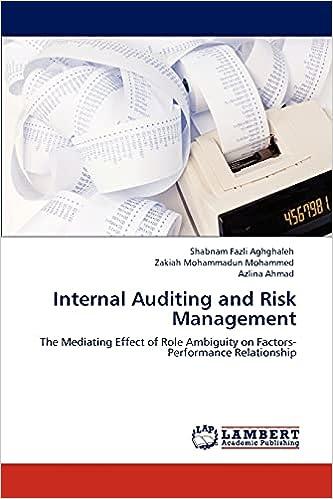Question
Problem 17-1A Combat Fire, Inc. manufactures steel cylinders and nozzles for two models of fire extinguishers: (1) a home fire extinguisher and (2) a commercial
| |||||||||||||||||||||||||||||||||||||||||||||||||||||||||||||||||||||||||||||||||||||||||||||||||||||
a) Under traditional product costing, compute the total unit cost of each product. (Round answers to 2 decimal places, e.g. 12.25.)
b) Under ABC, prepare a schedule showing the computations of the activity-based overhead rates (per cost driver). (Round overhead rate to 2 decimal places, e.g. 12.25.)
c) Prepare a schedule assigning each activitys overhead cost pool to each product based on the use of cost drivers. (Round overhead cost per unit to 2 decimal places, e.g. 12.25 and cost assigned to 0 decimal places, e.g. 2,500.)
D) Compute the total cost per unit for each product under ABC. (Round answer to 2 decimal places, e.g. 12.25.)
e) Classify each of the activities as a value-added activity or a nonvalue-added activity
Step by Step Solution
There are 3 Steps involved in it
Step: 1

Get Instant Access to Expert-Tailored Solutions
See step-by-step solutions with expert insights and AI powered tools for academic success
Step: 2

Step: 3

Ace Your Homework with AI
Get the answers you need in no time with our AI-driven, step-by-step assistance
Get Started


